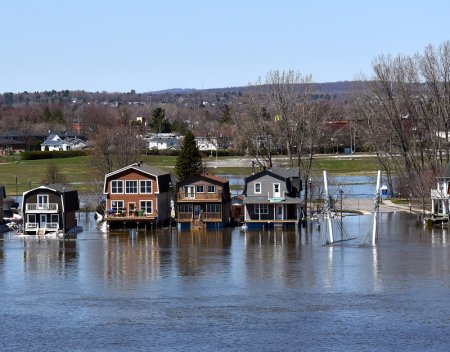Blog Categories
- Appliances Four
- Athletic Seating
- Auto Helpers
- Automated Stock Rooms
- Chocolate Four
- CuraFlo
- Damaged Goods Dating
- Flood Insurance Four
- Game Addict
- Hi Tech Pest Control
- HVAC Four
- Medical Labels Four
- Mental Health Four
- National CWS
- Promotional Ideas
- Seguros Lara Insurance
- Stem Cell Worx
- The Hidden Truth
- The Last Refuge
- The Mozilla Blog
- Video Editing Four
- Web Design Dev
- Website Development Four
- Windows Blog
fundamental flood insurance requirements

Flood insurance requirements can vary depending on factors such as location, type of property, and lender policies.
However, there are some fundamental requirements typically associated with flood insurance: National Flood Insurance Program (NFIP) Requirement: Properties located in Special Flood Hazard Areas (SFHAs) with mortgages from federally regulated or insured lenders are required to have flood insurance if the property is in an area participating in the NFIP.
The NFIP is administered by the Federal Emergency Management Agency (FEMA).
Coverage Limits: The amount of coverage required may be determined by the lender or by NFIP guidelines.
Typically, the coverage should be sufficient to cover the outstanding balance on the mortgage or the maximum amount allowed under the NFIP, whichever is lower.
Type of Coverage: Flood insurance policies typically cover both the structure of the property and its contents.
However, depending on the lender and the property type, they may require coverage for the structure only or may recommend additional coverage for personal belongings.
Elevation Certificate: In some cases, a property owner may be required to obtain an elevation certificate to determine the property's flood risk.
This certificate provides information on the property's elevation relative to the base flood elevation and helps determine the appropriate flood insurance premium.
Continuous Coverage: Property owners are generally required to maintain continuous flood insurance coverage as long as the property is located in a high-risk flood zone and there is a mortgage on the property.
Private Flood Insurance: In some cases, lenders may accept private flood insurance policies that meet certain criteria, such as providing coverage comparable to NFIP policies.
However, this varies by lender and may require approval.
Flood Zone Determination: Lenders typically require a flood zone determination to assess the property's flood risk and determine the need for flood insurance.
This determination is often based on FEMA flood maps.
It's essential for property owners to understand their specific flood insurance requirements, which can be obtained from their lender or insurance provider, and to ensure they have adequate coverage to protect their property from flood damage.
Re Posted From: fundamental flood insurance requirements

Flood insurance requirements can vary depending on factors such as location, type of property, and lender policies.
However, there are some fundamental requirements typically associated with flood insurance: National Flood Insurance Program (NFIP) Requirement: Properties located in Special Flood Hazard Areas (SFHAs) with mortgages from federally regulated or insured lenders are required to have flood insurance if the property is in an area participating in the NFIP.
The NFIP is administered by the Federal Emergency Management Agency (FEMA).
Coverage Limits: The amount of coverage required may be determined by the lender or by NFIP guidelines.
Typically, the coverage should be sufficient to cover the outstanding balance on the mortgage or the maximum amount allowed under the NFIP, whichever is lower.
Type of Coverage: Flood insurance policies typically cover both the structure of the property and its contents.
However, depending on the lender and the property type, they may require coverage for the structure only or may recommend additional coverage for personal belongings.
Elevation Certificate: In some cases, a property owner may be required to obtain an elevation certificate to determine the property's flood risk.
This certificate provides information on the property's elevation relative to the base flood elevation and helps determine the appropriate flood insurance premium.
Continuous Coverage: Property owners are generally required to maintain continuous flood insurance coverage as long as the property is located in a high-risk flood zone and there is a mortgage on the property.
Private Flood Insurance: In some cases, lenders may accept private flood insurance policies that meet certain criteria, such as providing coverage comparable to NFIP policies.
However, this varies by lender and may require approval.
Flood Zone Determination: Lenders typically require a flood zone determination to assess the property's flood risk and determine the need for flood insurance.
This determination is often based on FEMA flood maps.
It's essential for property owners to understand their specific flood insurance requirements, which can be obtained from their lender or insurance provider, and to ensure they have adequate coverage to protect their property from flood damage.
Re Posted From: fundamental flood insurance requirements

